Traditional and digital media are among the concepts we have heard frequently recently. Because today, technology has started to develop and change rapidly. We use media areas mostly for advertising activities. For example, companies that want to engage in advertising and promotional activities show their activities in traditional or digital media. Therefore, most people in the advertising and promotion sector need to have knowledge about traditional media and digital (New Media).
Also Read: Study: ‘The Oldest Remnant of a Planet Found in the Milky Way’
Traditional Media

Traditional media refers to one-way communication tools such as magazines, television and newspapers. In short, traditional media is the name given to all the tools that cover the audio or literary press.
What are Traditional Media Tools?
Traditional media includes one-way communication tools. And usually constitute the mass media.
mass communication, i.e. traditional media tools, can be given as an example.
What are the Features of Traditional Media?
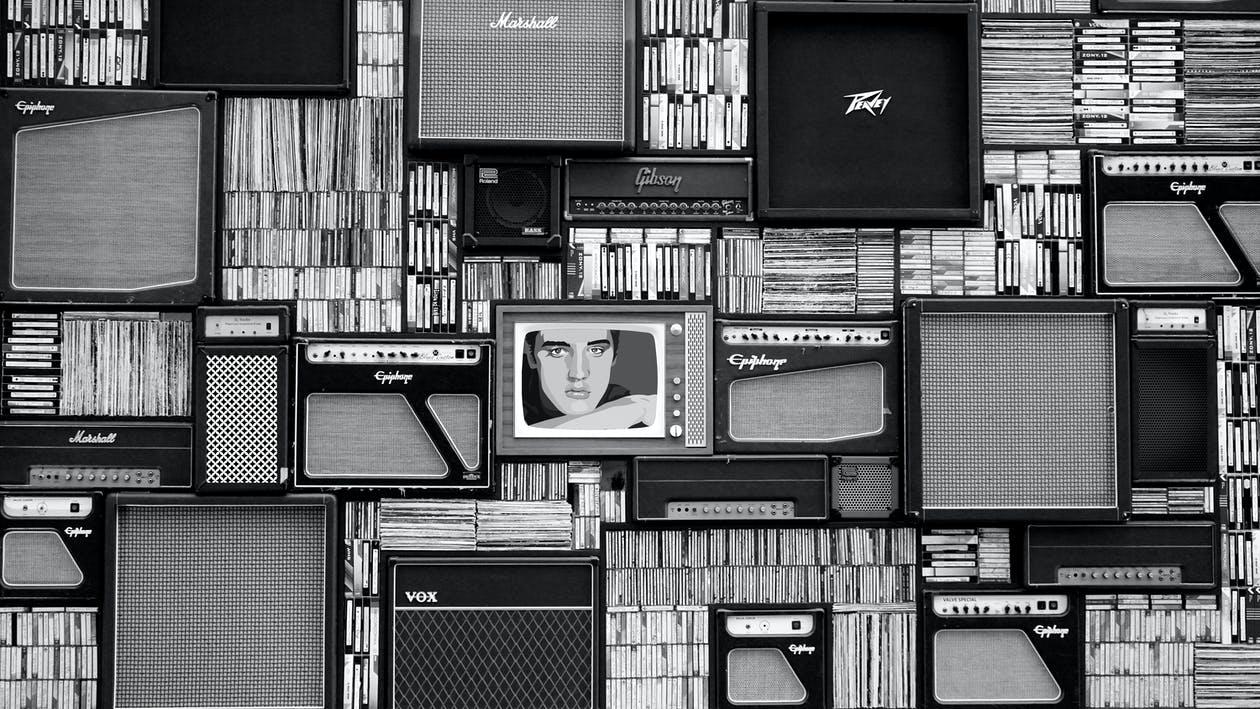
Digital Media
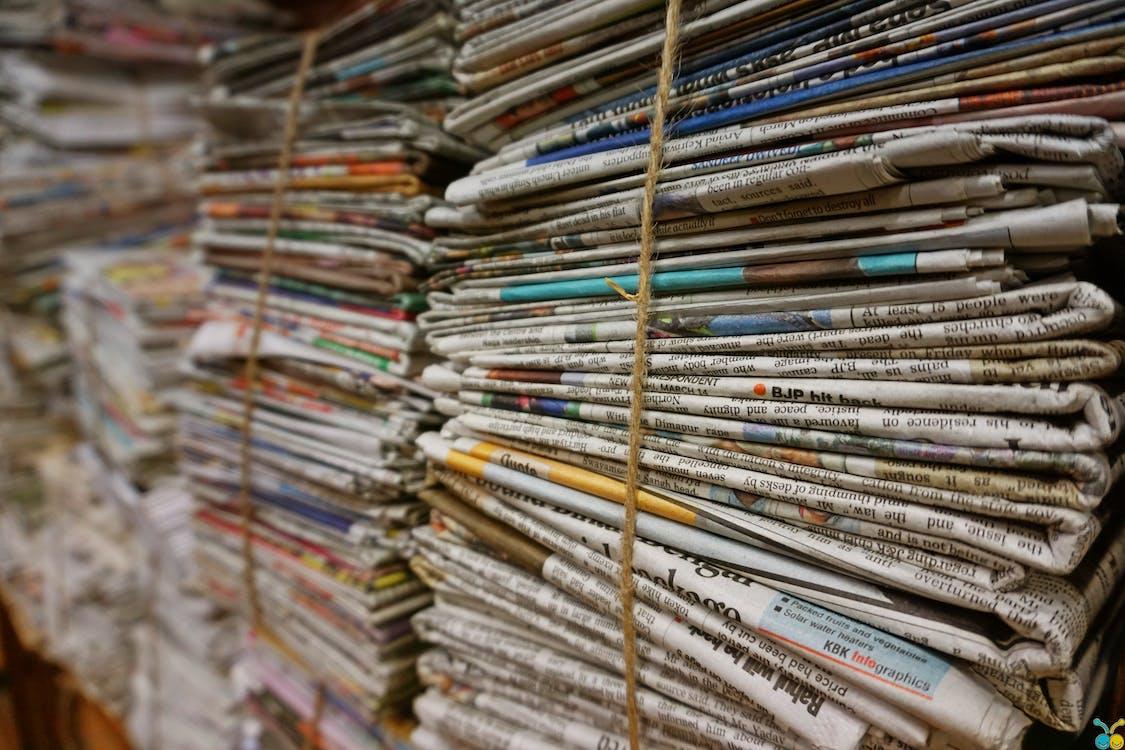
Digital media is the name given to environments created using computers and the internet. In digital media, communication ceases to be one-way and shifts to two-way communication.
What are Digital Media Tools?
Digital media consists of tools that enable two-way communication and offer measurable communication opportunities.
All such elements count as new media tools.
What are the Features of Digital Media?
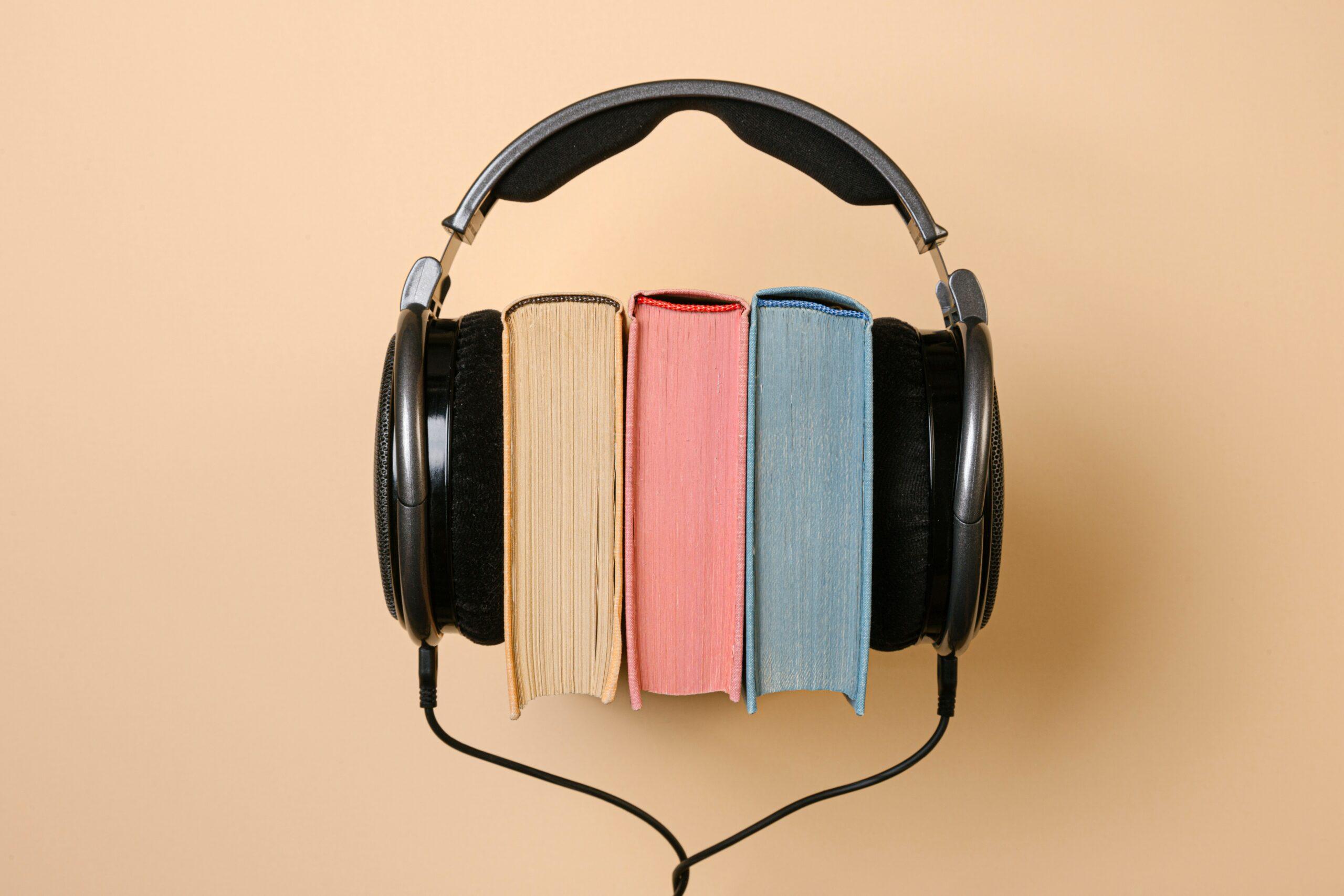
Differences Between Traditional Media and Digital Media
Traditional media aims to reach large audiences through tools such as billboards and television commercials. Digital media, on the other hand, can focus on a narrow target audience. In traditional media, the target audience is the same and cannot be customized. In digital media, on the other hand, the target audience can be determined and content specific to this audience can be presented.
At the same time, traditional media usually includes non-digital advertising and marketing methods. Digital media focuses entirely on advertising and marketing with digital elements. In traditional media, public opinion formation and activism of the masses are limited. Through digital media, public opinion can be formed in a short time and can play a unifying role. As a result, digital media is a freer medium than traditional media. Digital media are one step ahead of traditional media as spaces where people spend more time.
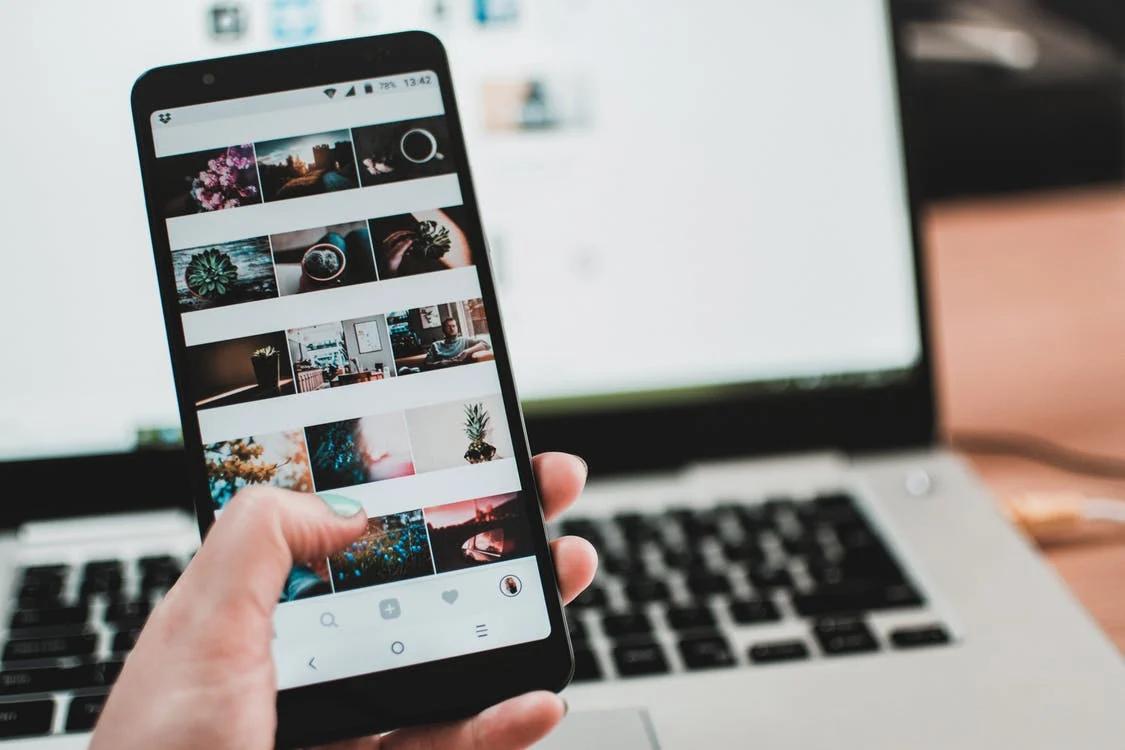
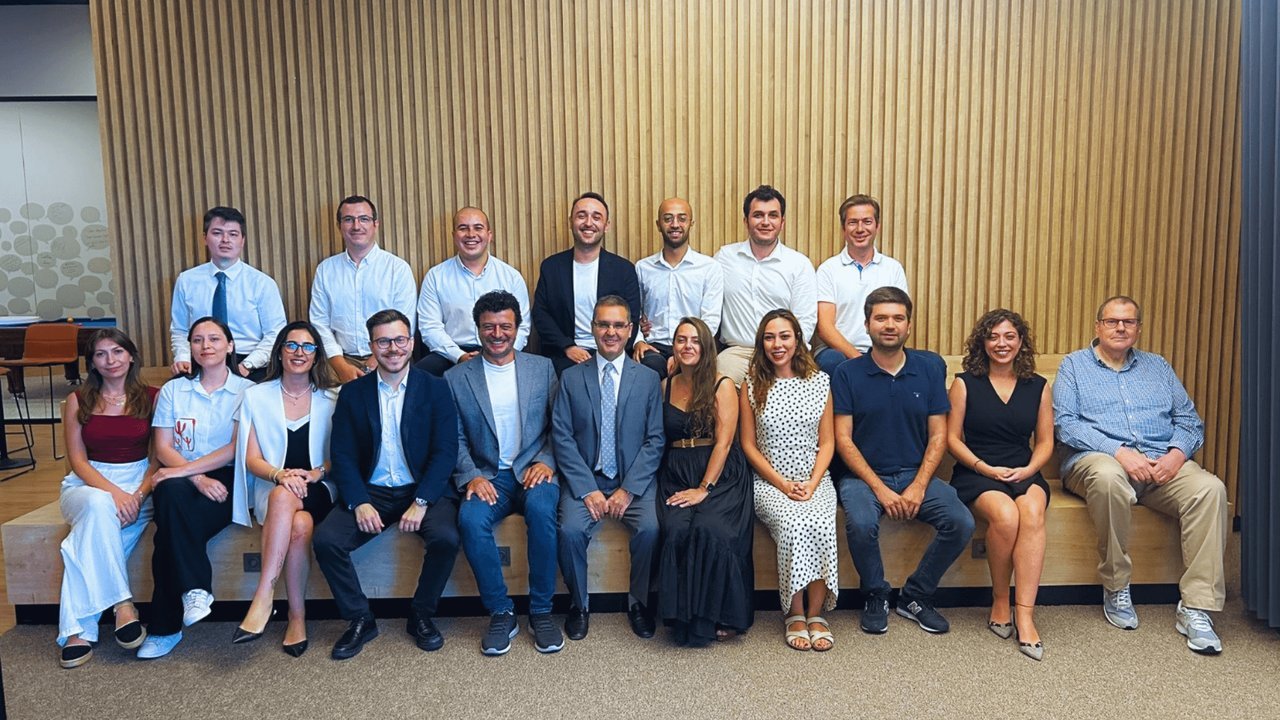
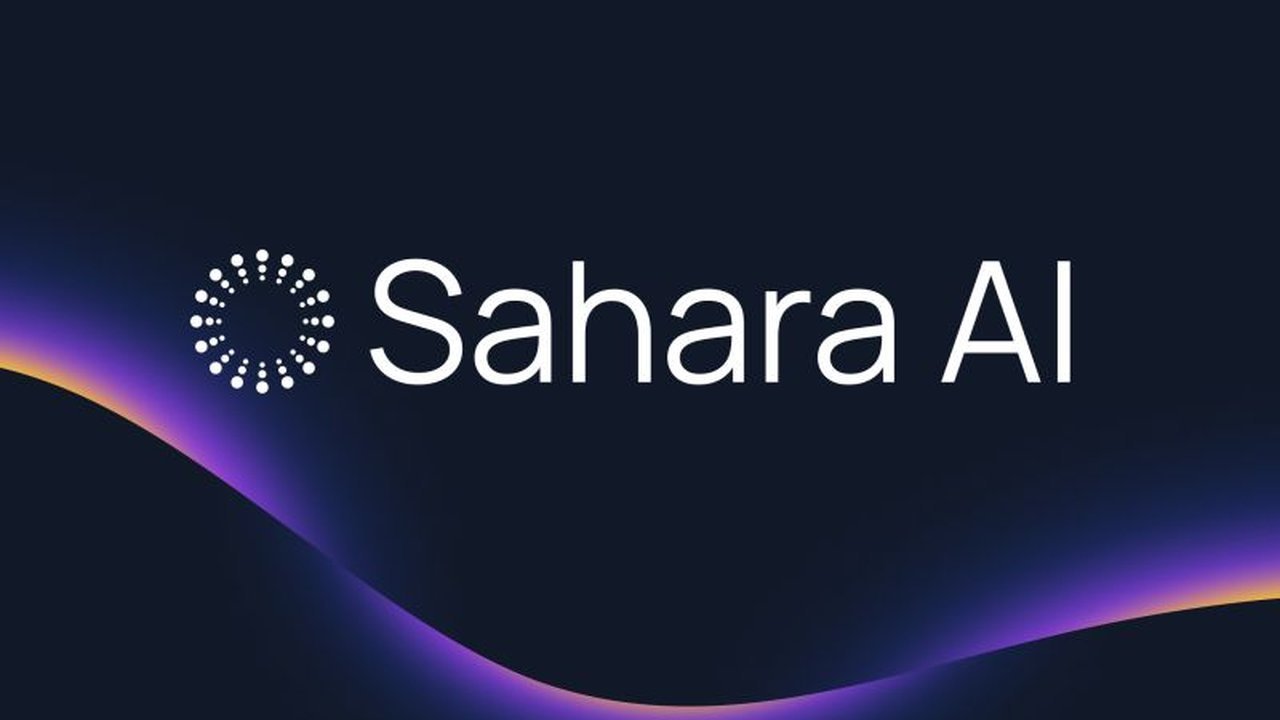

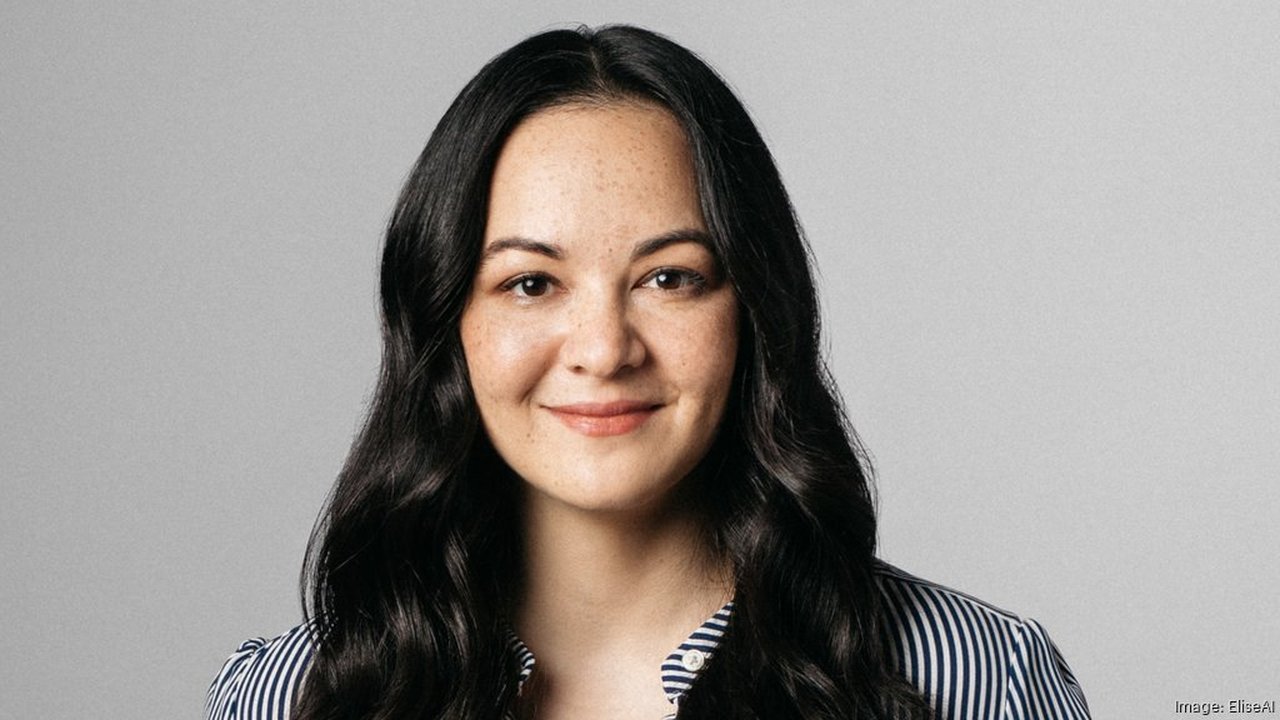
No comments yet for this news, be the first one!...